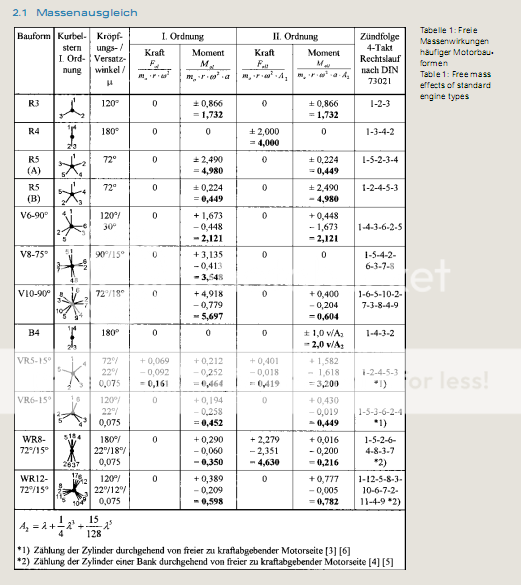I'm wondering why VW didn't go for the high performance Flat-Plane layout? Understandably the crank can't actually be flat like in a V8 but would have to be an asymmetric Cross-Plane design, with angles of 60, 120, 60 and 120 degrees between the pairs of 4 arms.
Here is a possible (in my head at least
Arms 1 and 2 could correspond to the first and last cylinders of the outside minor (secondary) bank, that is built within the major (externally visible) left bank and first and last cylinders of the inside minor (secondary) bank that is built within the major (externally visible) right bank .
Arms 3 and 4 will be at 60 degrees to arms 1 and 2 and will correspond to the middle 2 cylinders of the inside minor bank, within the left major bank and the middle 2 cylinders of the outside minor bank, within the right major bank.
Arms 5 and 6 will be at 120 degrees to arms 3 and 4 and will correspond to the middle 2 cylinders of the outside minor bank, within the left major bank and the middle 2 cylinders of the inside minor bank, within the right major bank.
Arms 7 and 8 will be at 60 degrees to arms 5 and 6 and will correspond to the first and last cylinders of the inside minor bank, within the left major bank and the first and last cylinders of the outside minor bank, within the right major bank.
I'm not completely sure but I think this method would cancel out end-to-end vibrations without the need for heavy counter weights.
What do you think?
Cheers
Obi













